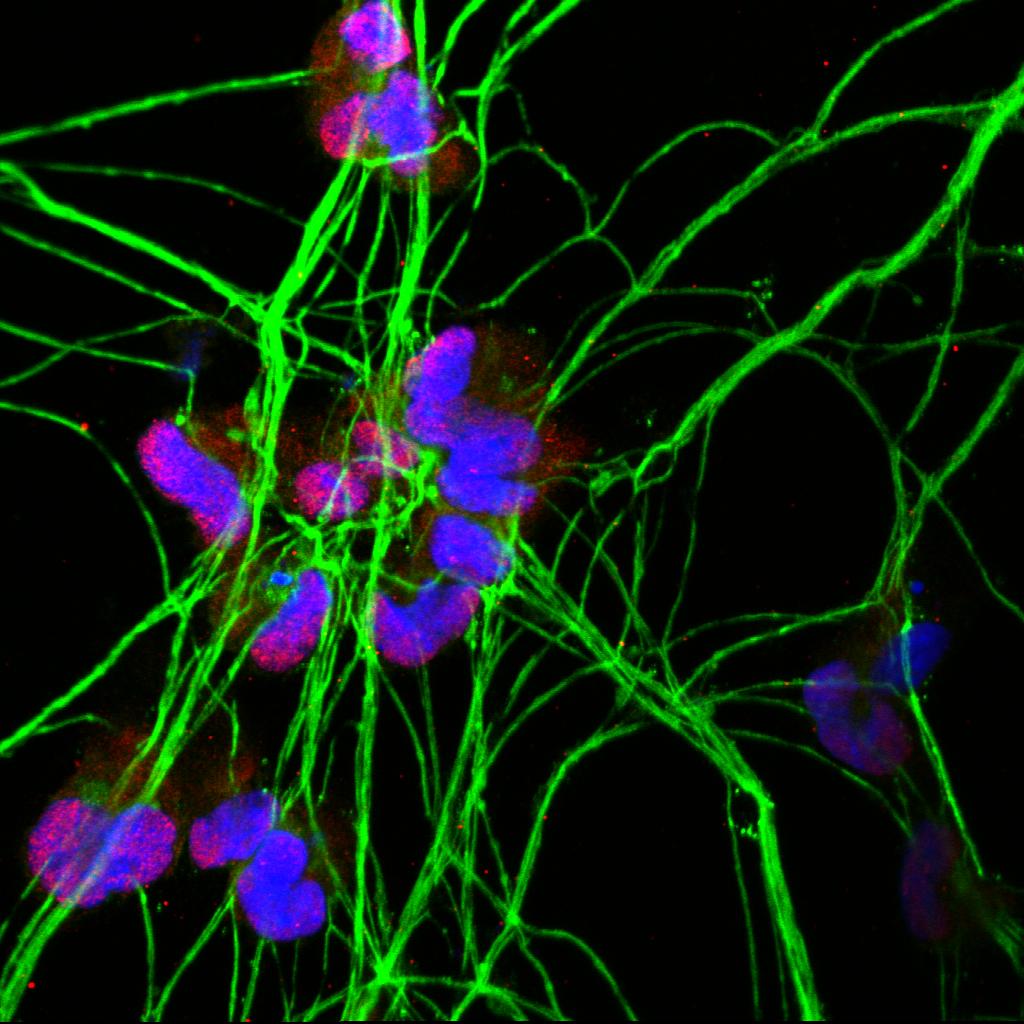Anti-epileptic Keppra Could Be Candidate for Treatment of SMA, Study Finds

https://degeneratingneurons.files.wordpress.com/2012/11/neurons1.jpg
The anti-epileptic medicine Keppra (levetiracetam) may have a neuroprotective effect for spinal muscular atrophy (SMA), according to a recent study.
The study, “The Protective Effects of Levetiracetam on a Human iPSCs‑Derived Spinal Muscular Atrophy Model,” was published in the journal Neurochemical Research.
Spinal muscular atrophy (SMA) is characterized by muscle deterioration and the progressive loss of motor neurons. People with SMA have low expression of the survival motor neuron (SMN) protein, caused by a deletion or mutation in the SMN1 gene.
To study the mechanisms that lead to the development of SMA, researchers previously used animal models and fibroblast cells (cells of connective tissue) derived from SMA patients. However, these models do not fully replicate the disease, which develops in spinal motor neurons.
The recent development of disease-specific stem cell-based models, specifically induced pluripotent stem cells (iPSCs), has enabled researchers to more accurately study neurodegenerative diseases, including SMA.
iPSCs are derived from either skin or blood cells that have been reprogrammed back into a stem cell-like state, which allows for the development of an unlimited source of almost any type of human cell needed for therapeutic purposes. Therefore, researchers are able to derive iPSCs from SMA patients (who carry the SMN1 mutation) and then differentiate them into motor neurons.
Keppra is an anti-epileptic medicine commonly used for the treatment of seizures. It has also been shown to have some neuroprotective effects for central nervous system disorders such as Parkinson’s disease and Alzheimer’s disease.
Therefore, researchers now investigated whether Keppra could also show a neuroprotective effect for SMA treatment.
The team first tested the effect of Keppra on neurite length of iPSCs-derived motor neurons. Neurites are projections from the cell body of a neuron (either axons or dendrites), and allow neurons to communicate with neighboring cells.
Neurite outgrowth, or lengthening, is a process where developing neurons produce new projections as they grow. Patients with neurodegenerative diseases have have shortened neurite lengths.
Treatment with Keppra for 14 days significantly restored neurite length of SMA iPSCs-derived motor neurons. Treatment also led to a significant reduction in motor neuron death, a prominent feature of SMA.
To understand the mechanisms underlying the protective effect of Keppra, researchers looked at mitochondrial function of SMA iPSCs-derived motor neurons. In SMA patients, motor neurons usually have impairments in mitochondria — small cellular organelles that provide energy and are known as the cells’ “powerhouses.”
“[Mitochondrial] dysfunction is considered to be related to SMA [disease features] and mitochondria may be an effective therapeutic target for SMA,” the researchers stated.
Keppra-treated SMA motor neurons had improved functioning of mitochondria, suggesting that Keppra has a protective effect on mitochondria.
However, Keppra did not have an effect on the expression levels of SMN protein, suggesting that “the protective effect of [Keppra] is independent of SMN protein expression. These findings indicate that levetiracetam has a neuroprotective effect for SMA … [Keppra] may be a potential candidate drug for SMA,” the researchers concluded.







